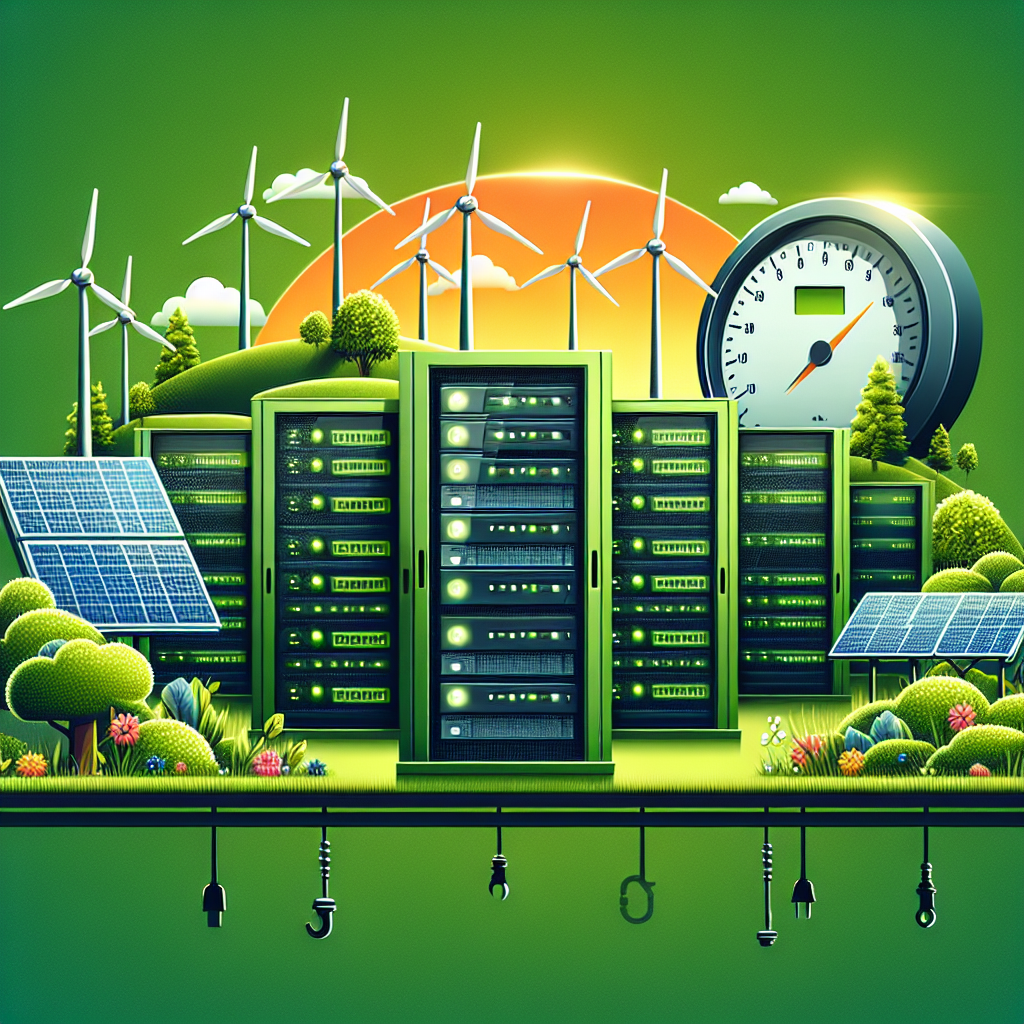Reducing Carbon Footprint: How Data Centers Can Improve Energy Efficiency
As the demand for digital services continues to increase, so does the energy consumption of data centers. These facilities are responsible for storing, processing, and transmitting vast amounts of data, and as a result, they are significant contributors to carbon emissions. In fact, data centers are estimated to account for about 1% of global electricity consumption and are projected to consume even more in the coming years.
Given the environmental impact of data centers, it is crucial for companies to prioritize energy efficiency in order to reduce their carbon footprint. Fortunately, there are several strategies that data centers can implement to improve their energy efficiency and minimize their environmental impact.
One of the most effective ways to reduce energy consumption in data centers is through virtualization. By consolidating multiple virtual servers onto a single physical server, companies can significantly reduce the amount of energy needed to power and cool their servers. This not only saves on energy costs but also reduces carbon emissions.
Another key strategy for improving energy efficiency in data centers is to optimize cooling systems. Data centers require extensive cooling systems to prevent overheating and ensure the proper functioning of servers. By using more efficient cooling technologies, such as air-side economizers or liquid cooling systems, companies can reduce their energy consumption and lower their carbon footprint.
In addition to virtualization and cooling optimization, companies can also improve energy efficiency in data centers by implementing energy management systems. These systems monitor and control energy usage in real-time, allowing companies to identify areas where energy is being wasted and make adjustments to improve efficiency.
Furthermore, companies can also consider utilizing renewable energy sources to power their data centers. By investing in solar, wind, or hydroelectric power, companies can reduce their reliance on fossil fuels and significantly lower their carbon emissions.
Overall, reducing the carbon footprint of data centers is essential for mitigating the environmental impact of digital services. By implementing energy-efficient strategies such as virtualization, cooling optimization, energy management systems, and renewable energy sources, companies can significantly reduce their energy consumption and carbon emissions. As the demand for digital services continues to grow, it is imperative for data centers to prioritize energy efficiency and sustainability in order to protect the environment for future generations.


